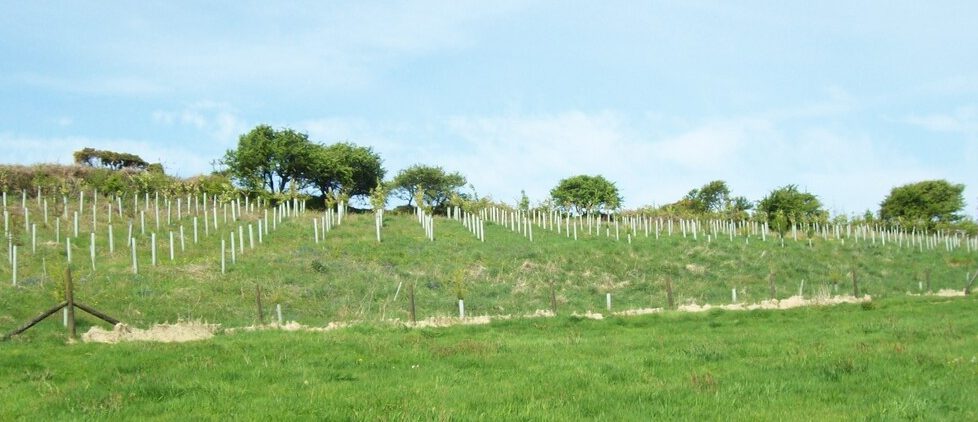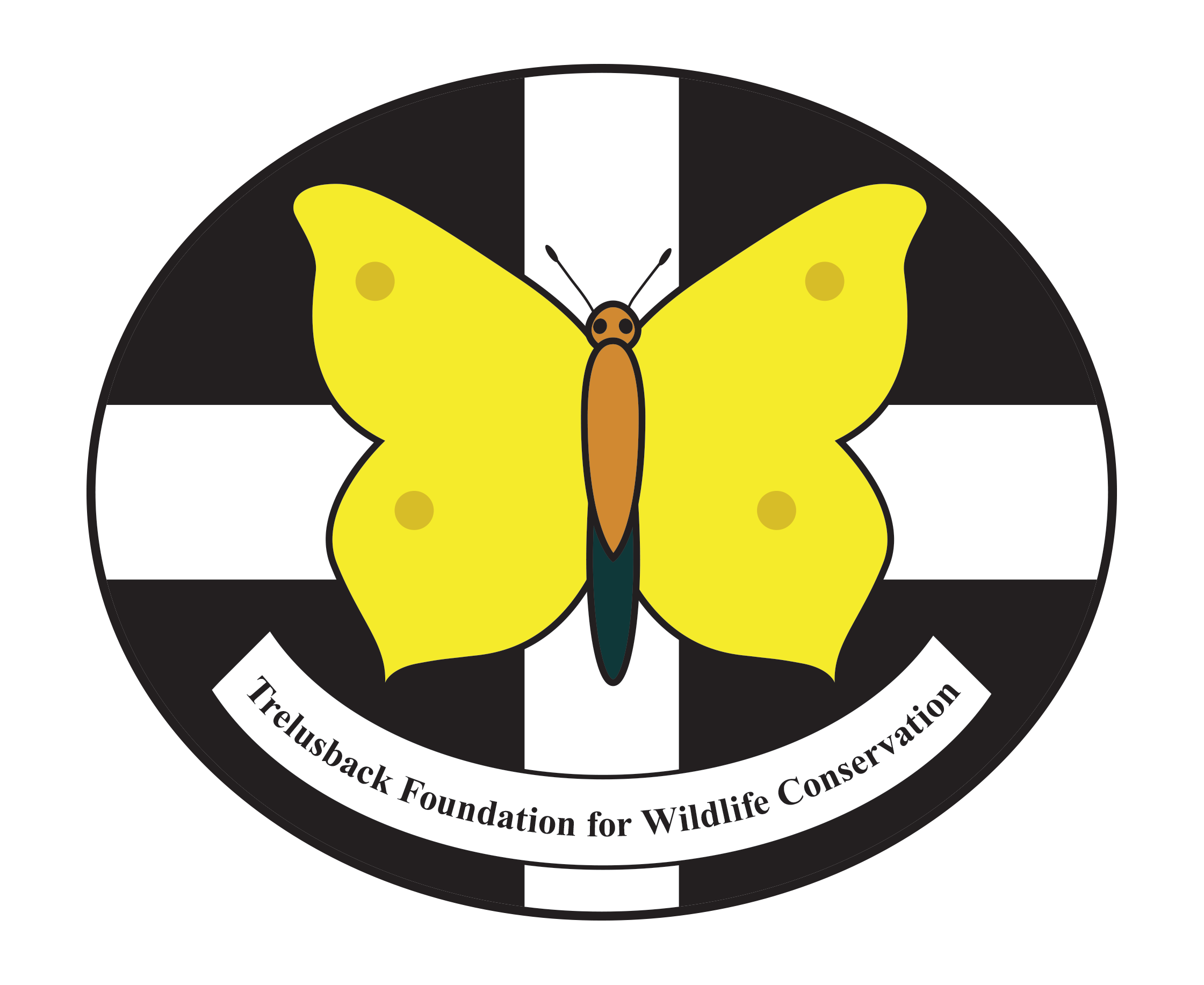The Charity has been gifted land and property totalling 29 acres. This includes an area which is being managed under the Forestry Commission’s Woodland Creation Scheme. 2500 trees and shrubs were planted by the original owner in 2012 assisted by volunteers. These trees and shrubs are intended to provide shelter and food for wildlife including bees, butterflies and moths. The newly wooded area is already being used by Roe deer to hide their young.
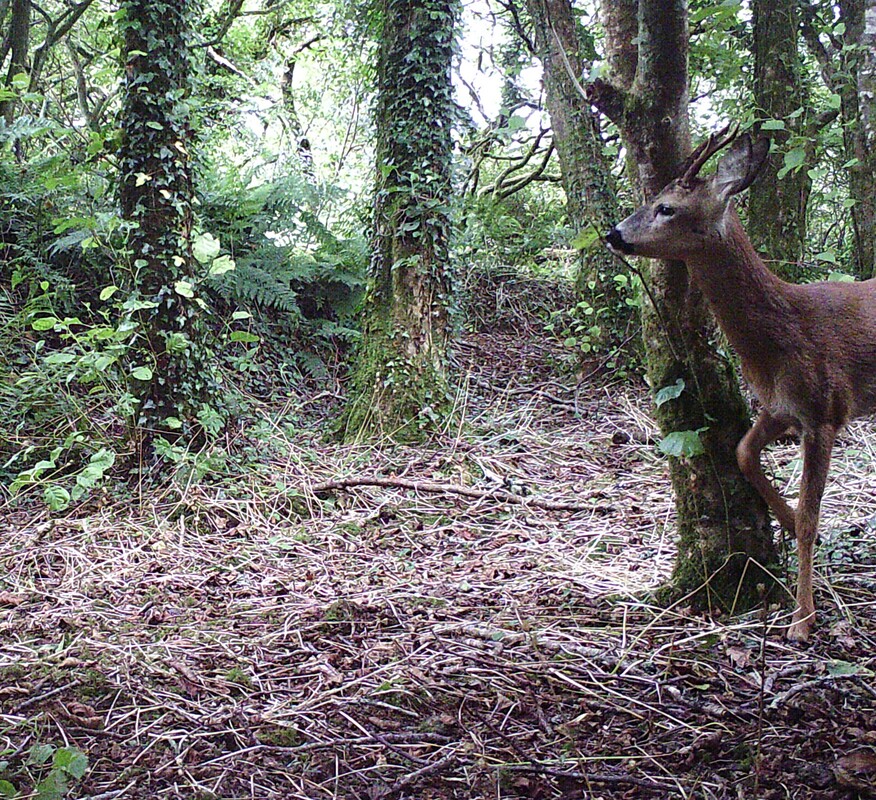
Male Roe deer photographed in another part of Trelusback. Trail camera photograph by Kernow Conservation
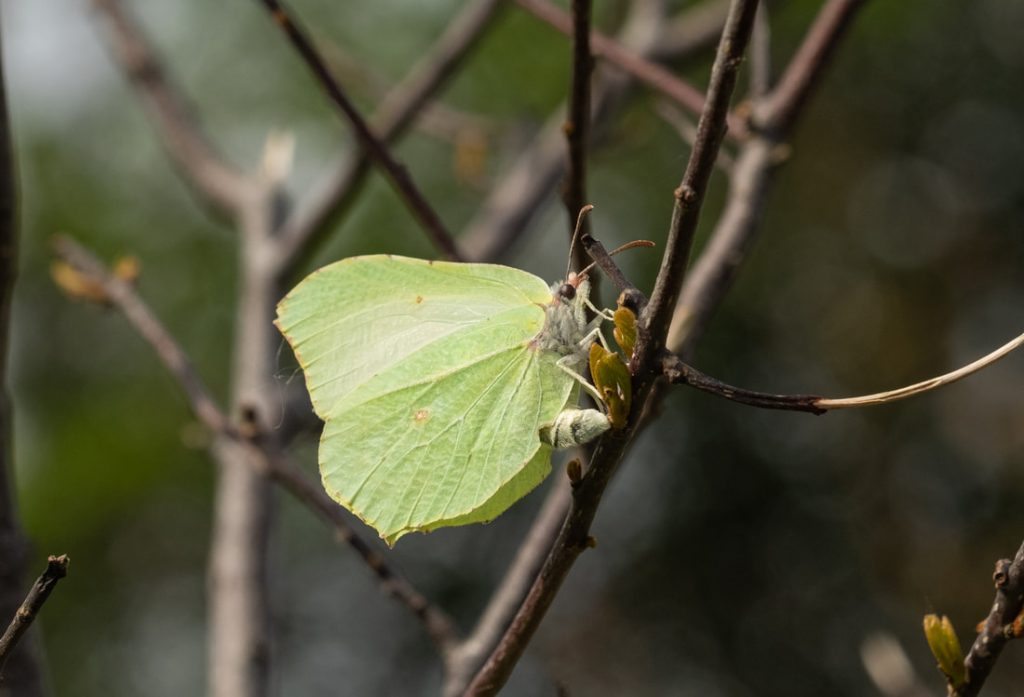
Photograph by Zac Lazarou of Exeter University of a Brimstone butterfly laying eggs on Alder Buckthorn at Trelusback
The trees were planted in rows 2.5 metres apart to adhere to the requirements of the Forestry Commission but will eventually be made into more natural woodland by selectively removing some of them. Thinning out of the trees is allowed providing that the canopy is maintained.
The Charity has committed to maintaining this woodland on a permanent basis for the benefit of wildlife in Cornwall. The trees and shrubs include Sessile Oak, Pedunculate Oak, Elm, Alder, Holly, Hazel, Alder Buckthorn and Lime.
Damage by non-native squirrels has been severe despite the considerable expense of protecting the trees using tree shelters. The tree shelters, which are reusable, have however protected the trees from damage by rabbits and deer. The squirrels continue to damage the trunks, branches and exposed roots by stripping off bark. In some cases, this has resulted in the loss of whole branches.
The elm trees included in this scheme were disease-resistant strains of Field Elm, European Elm and some hybrids. To date they have shown no evidence of disease and have already been used by butterflies and moths as larval food.
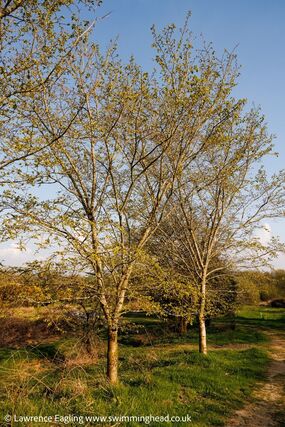
Disease resistant elms in flower
photo: Lawrence Eagling
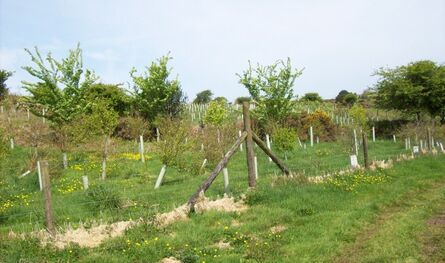
Three disease resistant elms
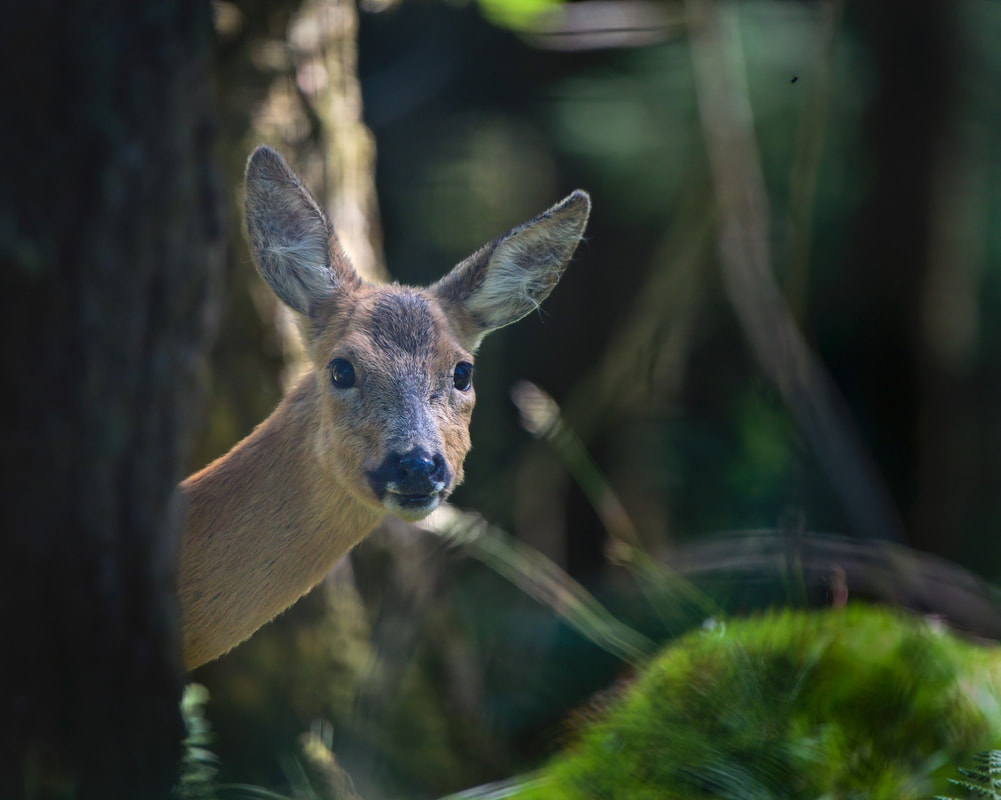
Roe deer by Marcus Gaynor
